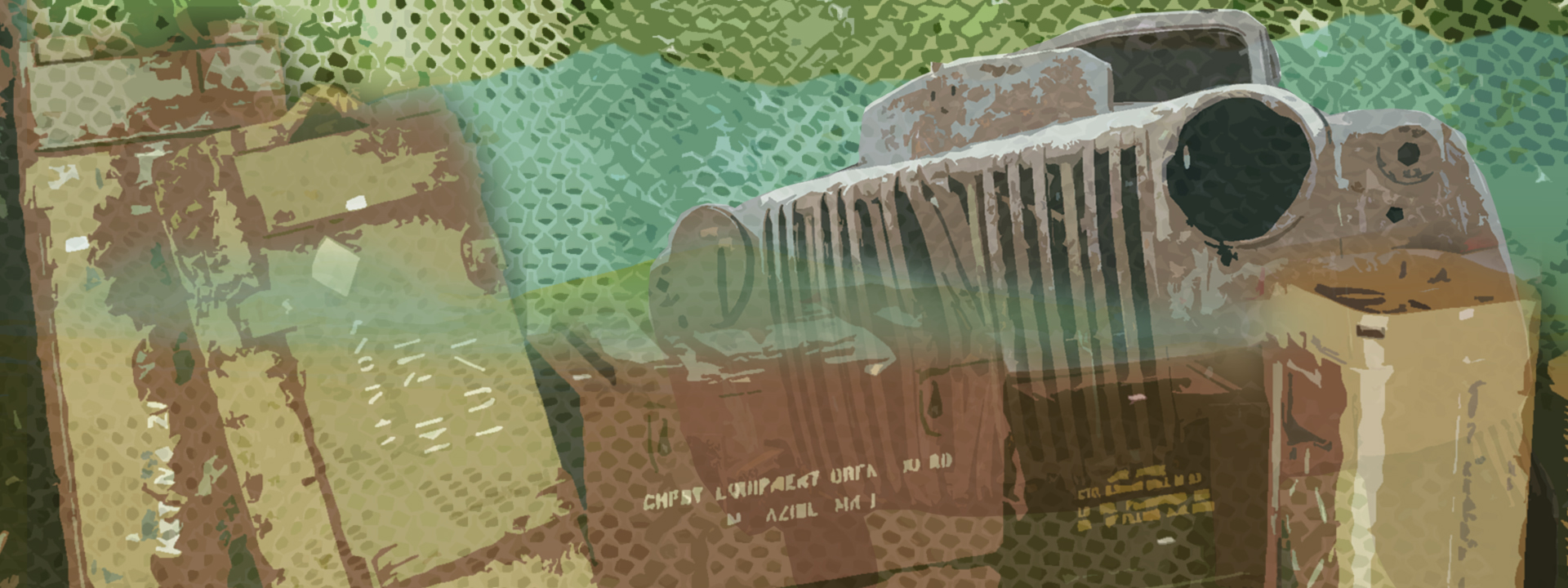In one of the fenced compounds lining the main highway leading up to Afghanistan’s most strategic air base, Abdal Jameel sits with many business owners like himself and contemplates what lies ahead for them with the departure of U.S. troops from Bagram and rest of the country.
Surrounded by mounds of junk – including spare parts, broken machines, and knick-knacks — Jameel says that the Americans destroyed all the good stuff. “They cut up their armored cars and Land Cruisers that are now lying around as pieces of scrap,” he says. “We would have been more than happy if they gave it to the Afghan army for use, but instead they destroyed everything, just like they destroyed our country.”
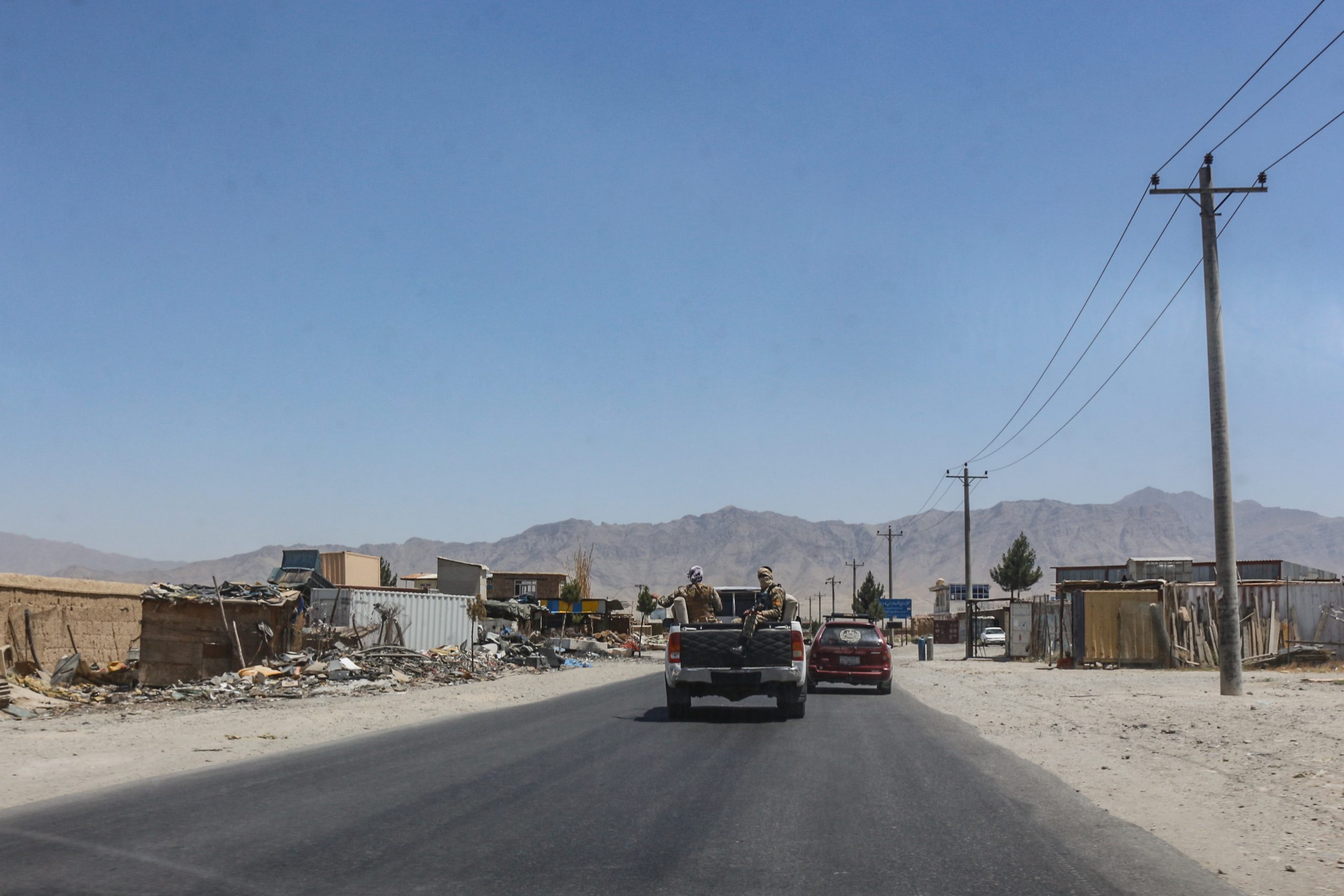
Bagram highway is lined with junkyards on both sides, all of them full of all sorts of bits and bobs and scraps from Bagram Air Base. People from different parts of the country, such as Kandahar, Mazar-e-Sharief, Herat, and Kabul, come to Bagram to buy U.S. goods from the scrap dealers. But the deteriorating security situation and the withdrawal of foreign troops have led to a decrease in the number of customers for the junkyards.
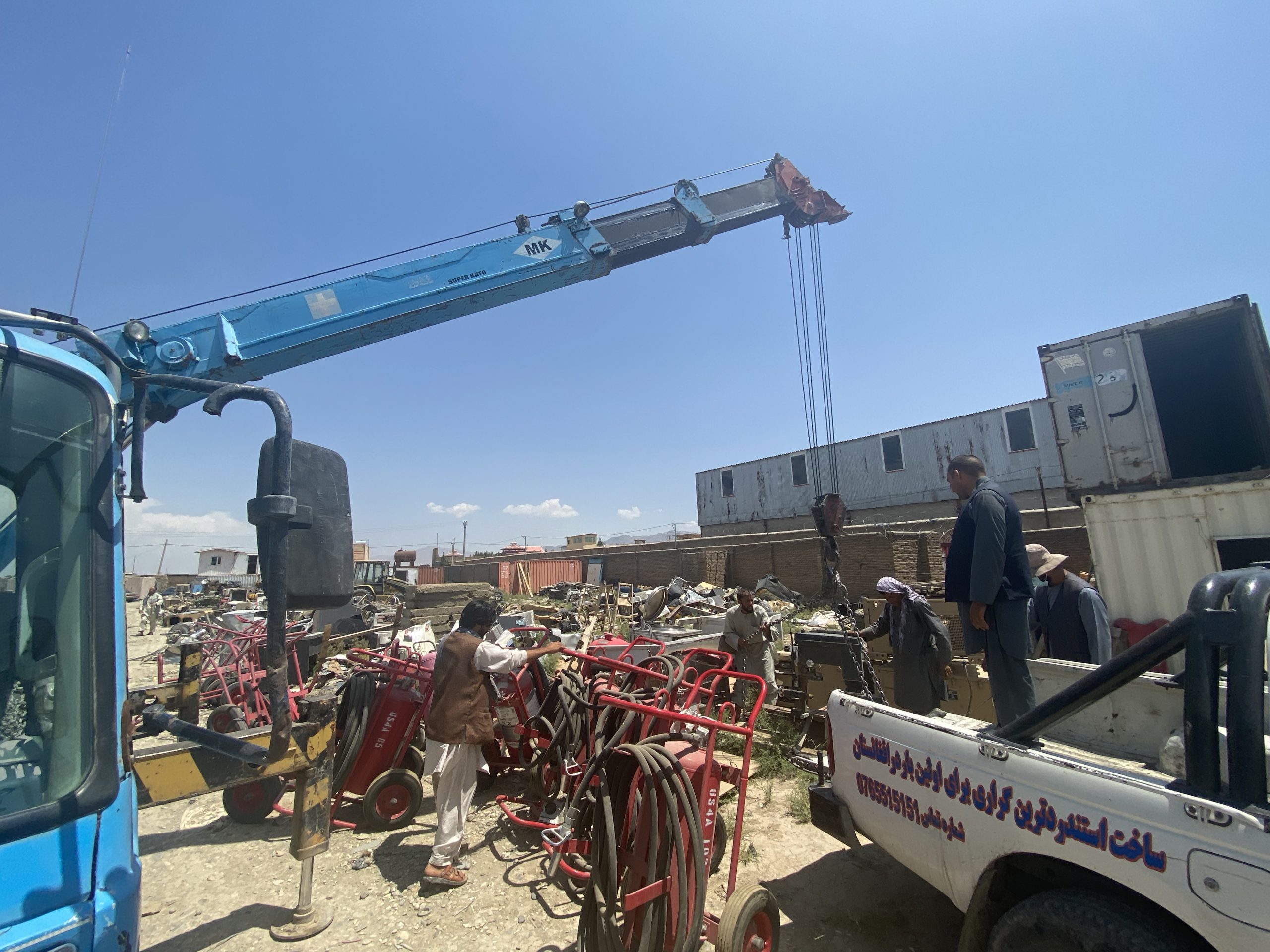
“I come here once or twice a month to look for good pieces,” says Mohammad Ashraf, a business owner from Pul-e-Charkhi in Kabul, as he lifts a casting iron machine he bought for US$700 from the junkyard. “I buy from here because they are cheap.”
Bagram was once the epicenter of the U.S.-led invasion of Afghanistan. This city some 43 kms north of Kabul used to have tens of thousands of U.S. security personnel, contractors, and service members, most of whom lived and worked inside Bagram Air Base. Built in the 1950s by the Soviets at the height of Cold War, the air base did not become a major military airfield until 1979, when the Soviet Union invaded Afghanistan. The Soviets left in 1989; it took 12 years before Bagram Air Base was occupied by military troops again, but this time they were from the United States. The base grew and expanded under U.S. command, at one point even containing a library, a post office, and an array of fastfood dining options, among them Dairy Queen, Pizza Hut, and Burger King.
Last 2 July, the U.S. forces handed Bagram Air Base over to the Afghan National Army as part of their plan to fully withdraw by their revised deadline of 31 August. Bagram Governor Lala Shirin Darwesh Roufi says that now that the Americans have left the base, perhaps they should consider attracting investors and companies to operate from it to help elevate the district’s economy.
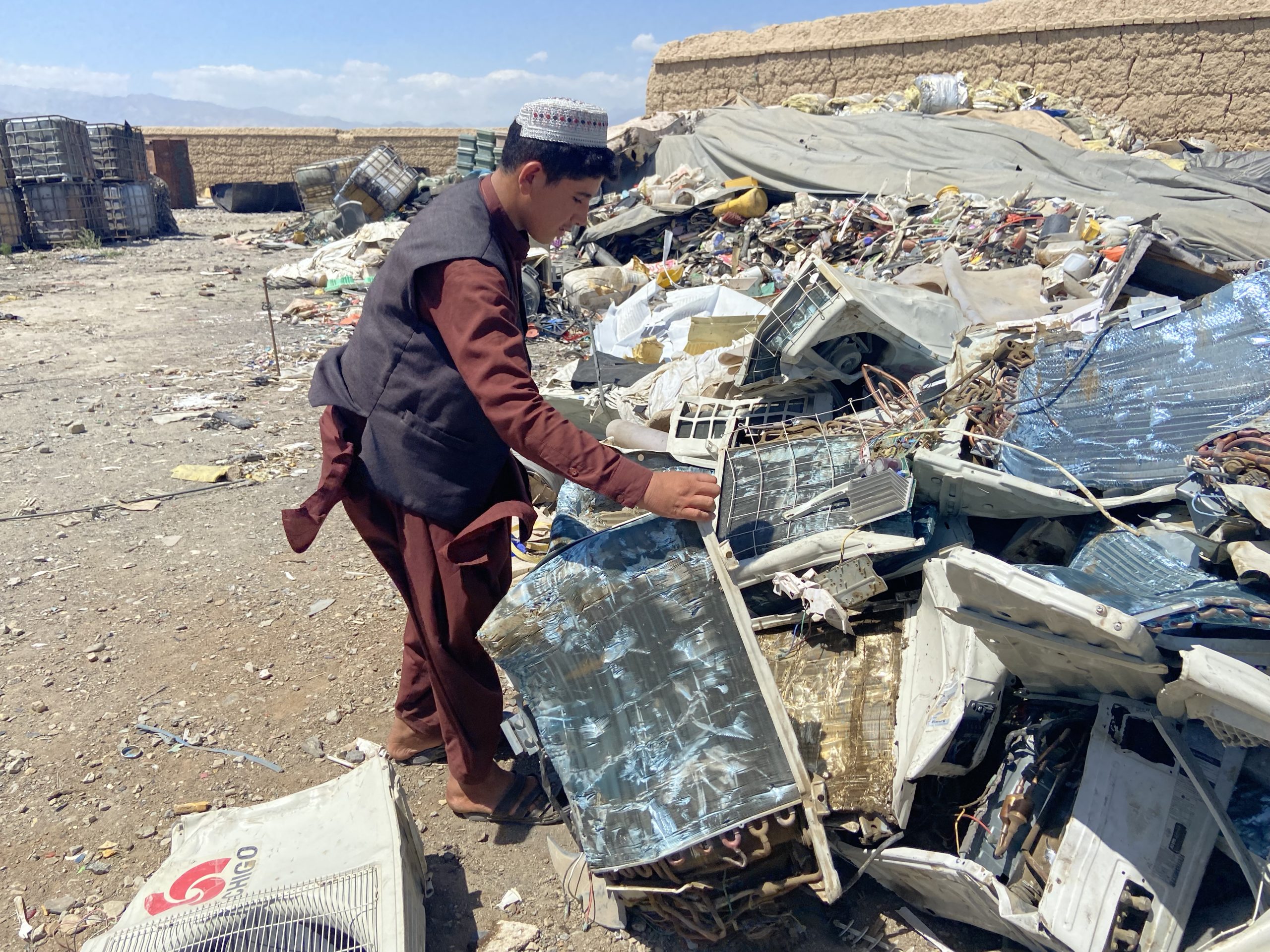
Momtaz, who pays AFN 5,000 (almost US$63) rent for his junkyard, sifts through a heap of electronic junk and inspects an old air conditioner to look for metal pieces to sell to a customer. “We sell iron, metal, and plastic,” he says. “All this stuff comes from the base to one big market. We buy from there and bring it here.”
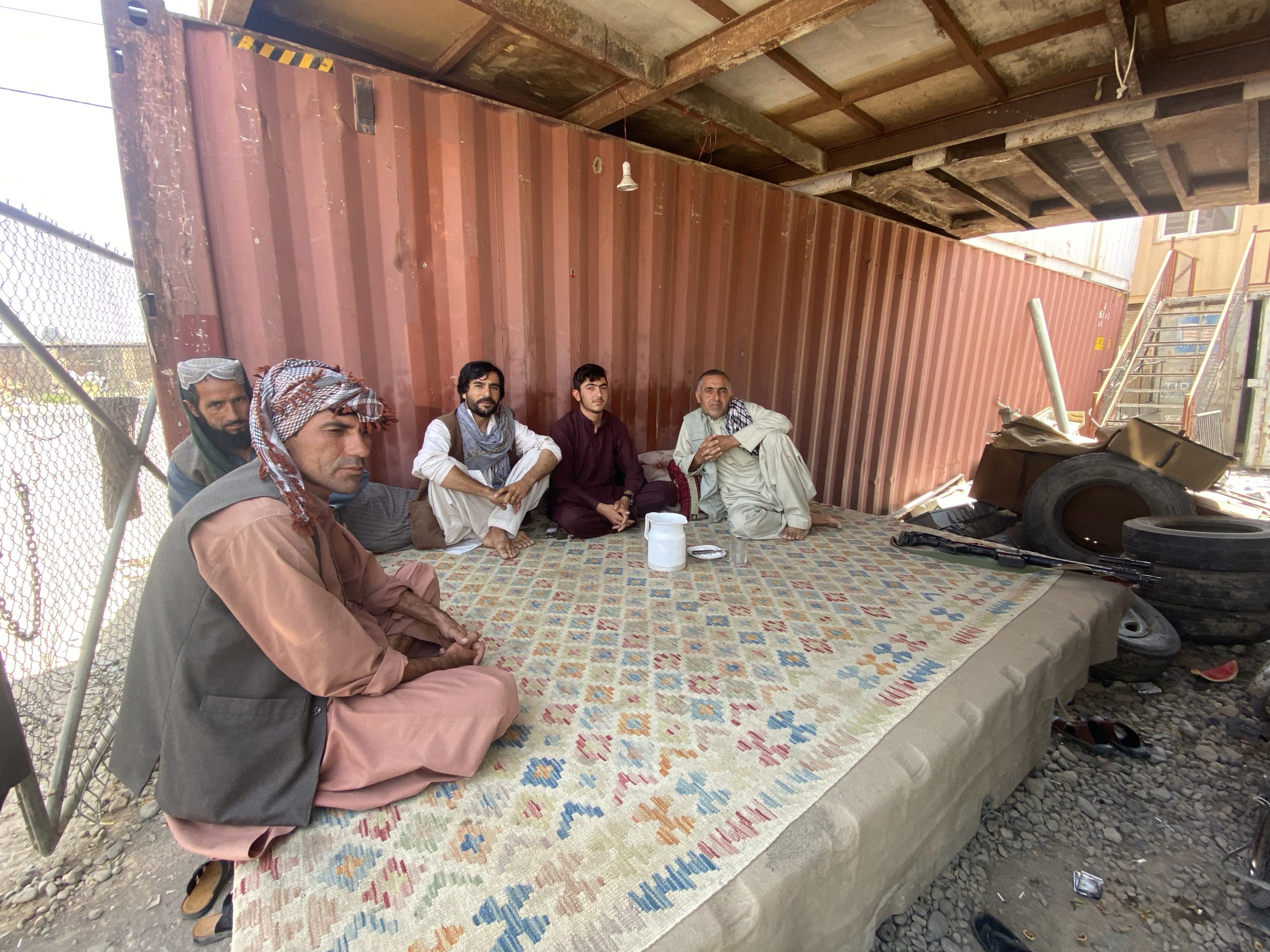
Abdal Jameel, another Bagram junkyard owner, has owned his place of business for the last nine years, but he fears its collapse following the withdrawal of the U.S. forces.
The official says that the withdrawal of foreign troops from the base will have a negative impact on the local economy of Bagram and neighboring districts of Parwan.
“More than 30,000 people, including contractors and private companies, worked inside Bagram Air Base,” says Roufi. And now all of them are gone.
Ramin Rasooli, a young barbershop owner in Bagram, says that his income has already decreased significantly since the Americans left. Says the 20-year-old: “Many Afghan locals working for the Americans used to visit my shop for a haircut or bath when the base was operational. But ever since they left, my work is zero. Before I made up to AFN 2,000 (US$25.13) a day. Now I can barely make up to AFN 500 (US$6.28).”
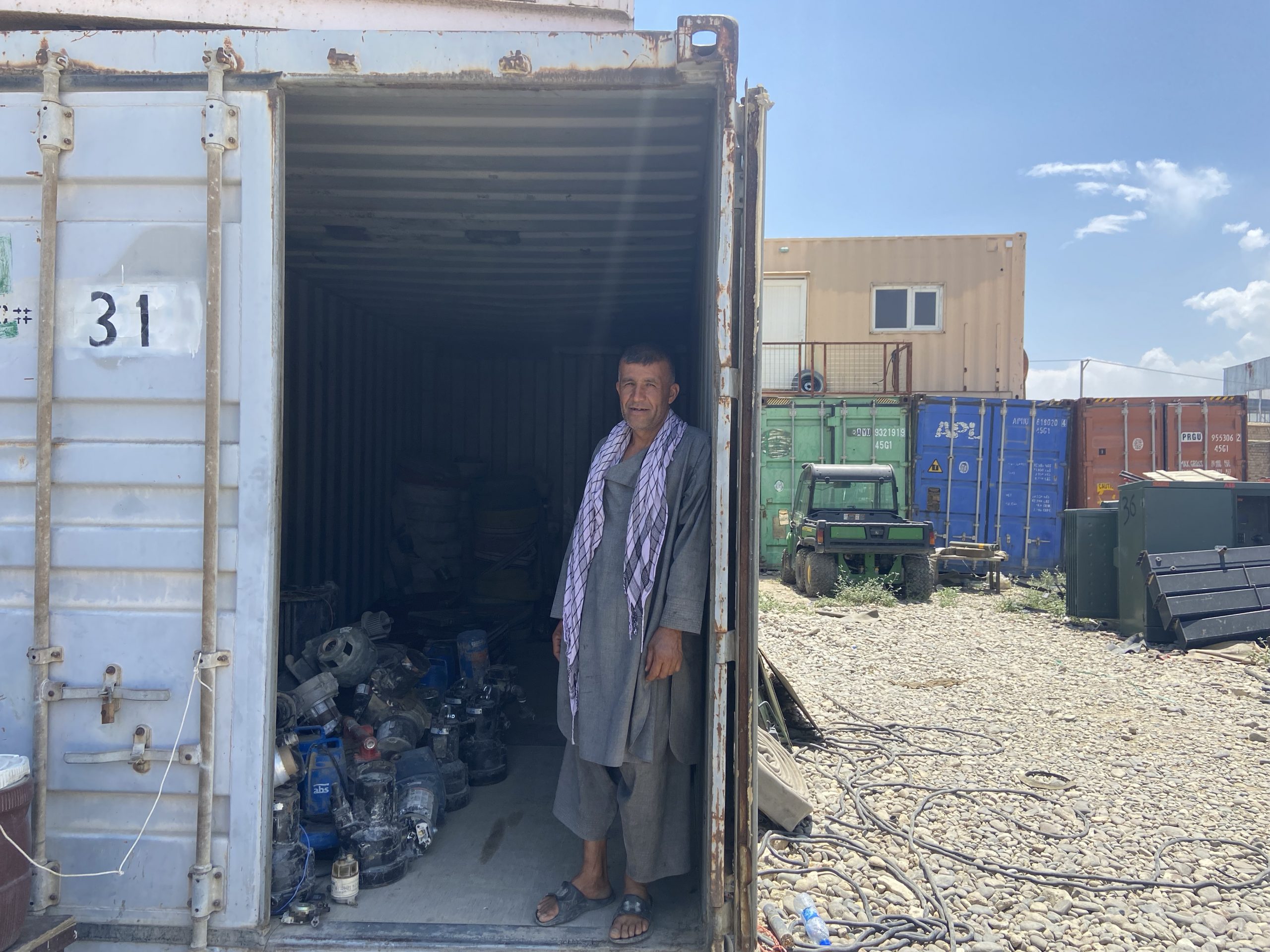
Hafeez, 40, has been working for Abdal Jameel since 2012, taking home a salary of AFN 7,000 (US$88) a month. But now he worries about losing his job as the business is slow and there is no longer much to sell at the junkyard.
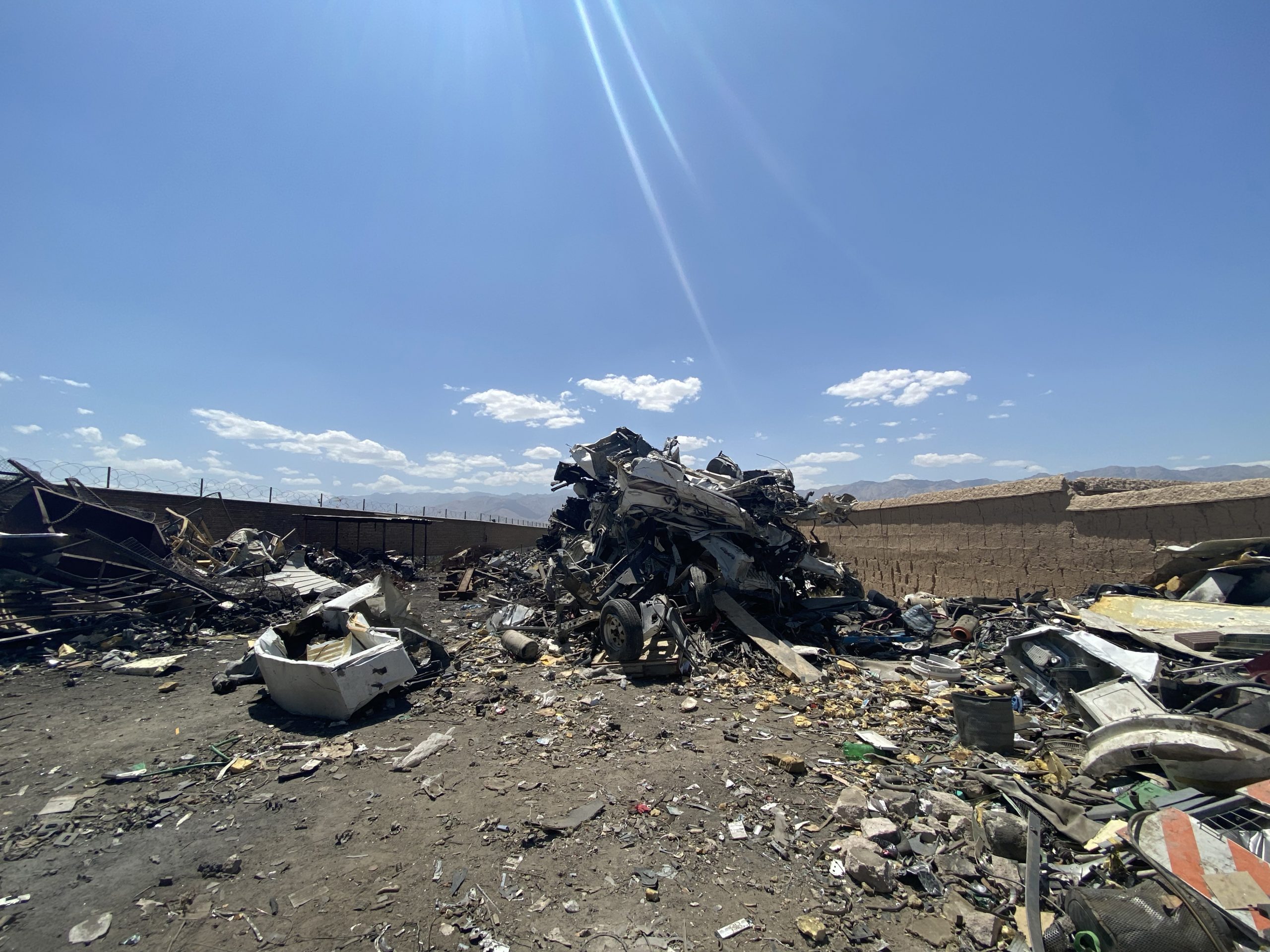
In a pile of discarded materials at a junkyard are bits and pieces of what were once vehicles used by the U.S. troops. Now they are being sold as scrap. Jameel says that the vehicles were more useful – and more valuable — before they were cut into pieces. “If they were really our friends,” he says, “they would give our army these cars, costing at least US$50,000 to US$100,000, which they broke down into parts.”
The Americans took most of their military equipment, but gave a few to the Afghan forces. And there is still a lot of material that they left behind that are now being sold to junkyard owners and scrap dealers like Jameel. For some, it’s still business as usual and they are still making money. But there is a general feeling of gloom, especially among the junkyard owners and workers, and many of them are just waiting for the other shoe to drop.
Fifteen-year-old Momtaz, who also owns a shop in Bagram, feels that his business is doing okay so far. “We buy a container for up to $1,000 and sell it for $1,500 or more,” he says. “If the material from inside the base is good, then we make good money.”
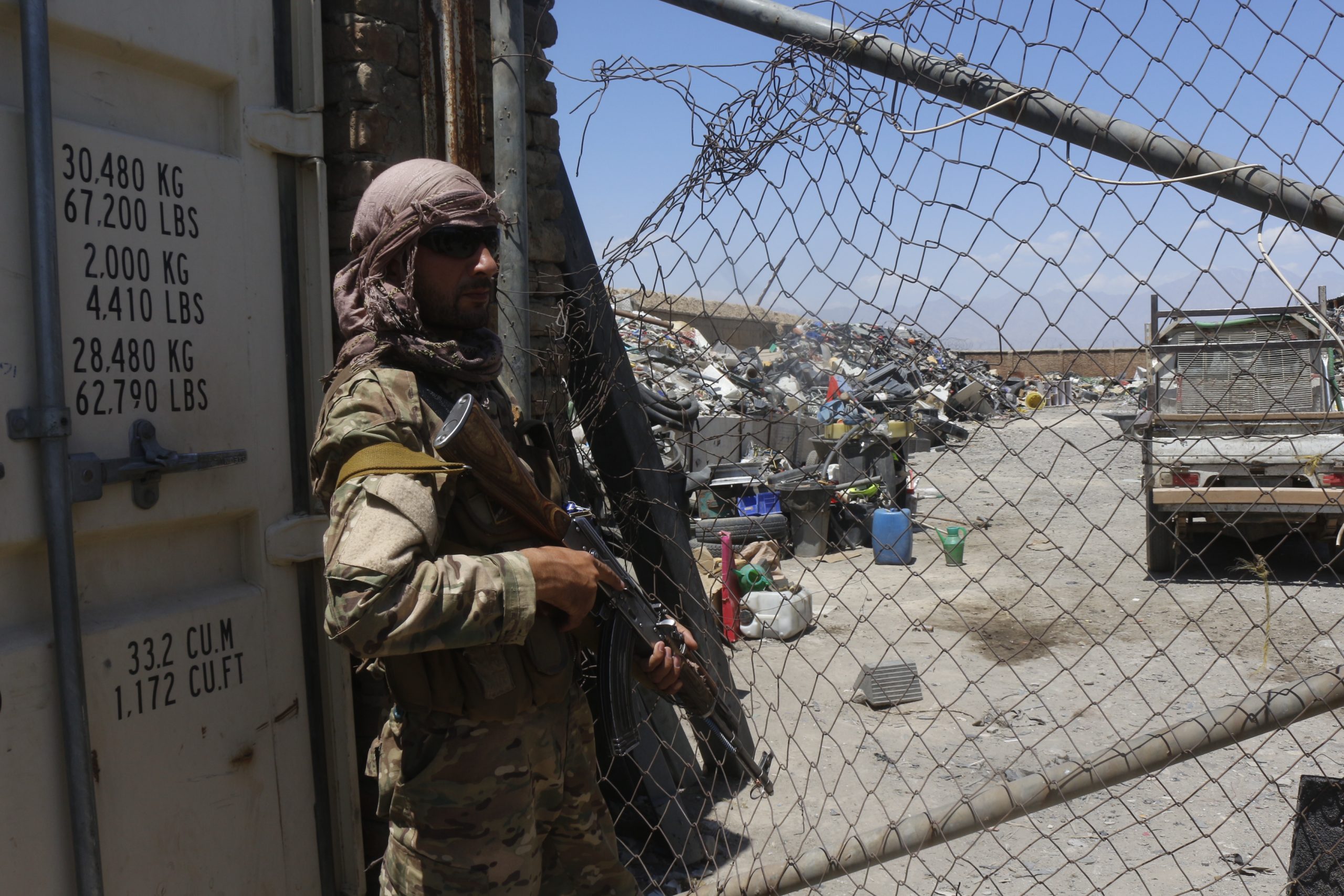
A police official asks, “Why couldn’t the Americans give all of this to us? First they destroy our country, now they destroy all the good things. We are happy that they are gone.”
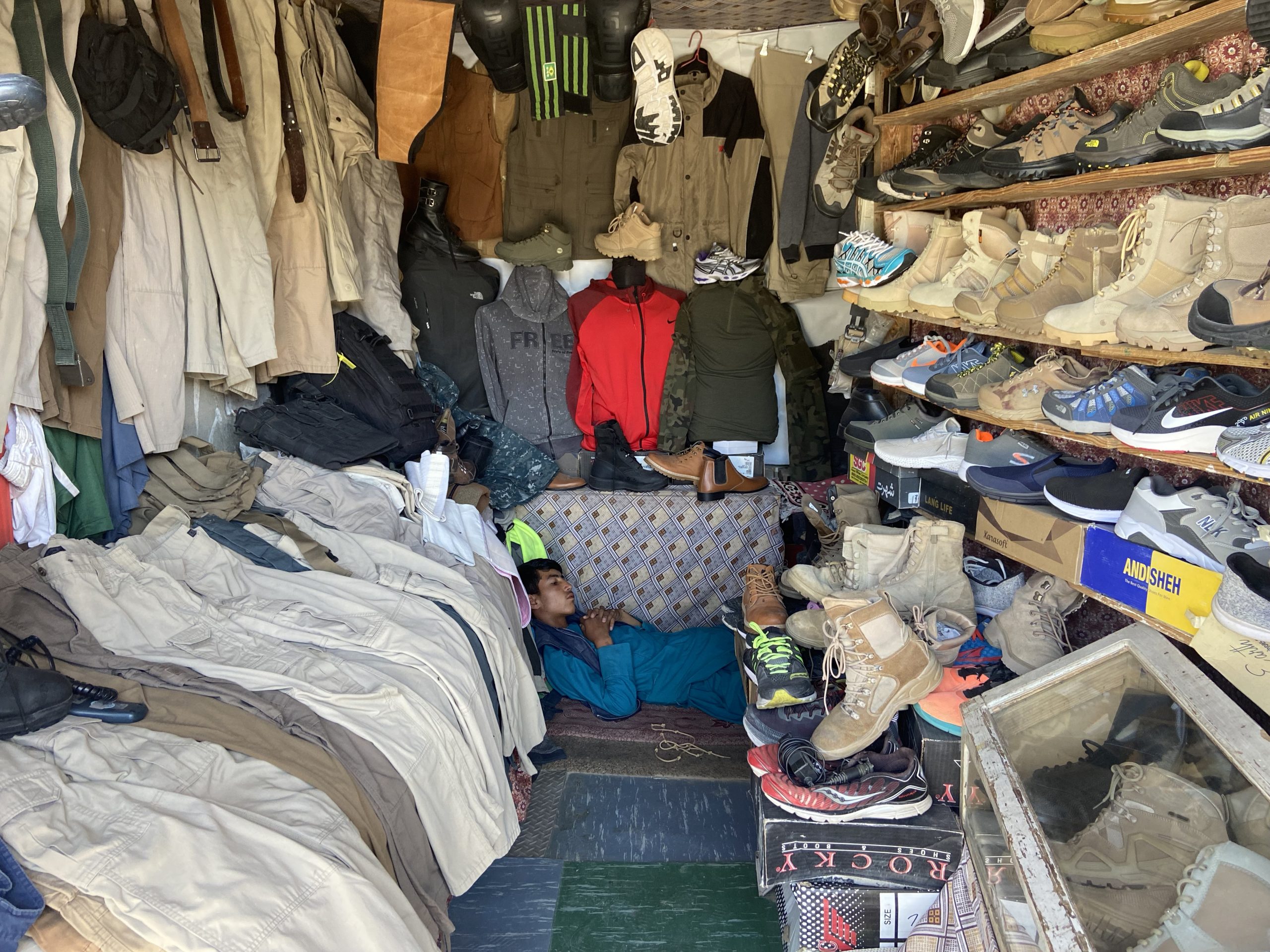
But Kamel, a young shopowner in Bagram, says that business has been good. “Items on the right are from China and items on the left are from the base,” says the 17-year-old. “When all the goods from my shop are sold, I will do another business.”
Still, he can’t help but admit that most – if not all – of them will soon be suffering losses. He says, “The market is collapsing as I am not able to earn back the amount I invested in buying these items. We sell everything that comes out of the base. People from all parts of the country – Kabul, Kandahar, Mazar, etc. – come here to buy scraps. But the stuff needed to restock the junkyard is not coming from inside anymore.”
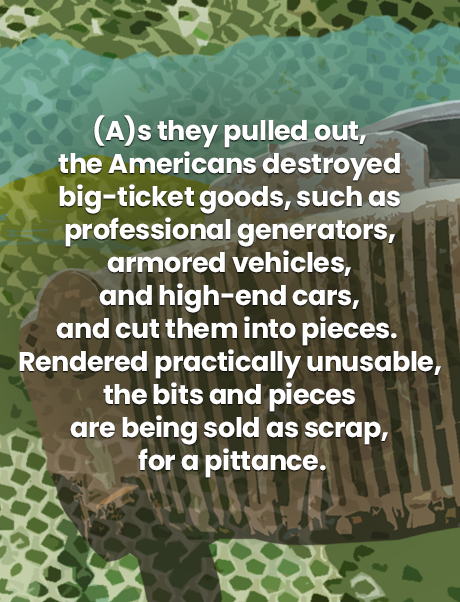 Jameel explains that junkmen like himself and Momtaz bought their goods from contractors who registered at the Bagram Airbase to do business with the U.S. forces. These contractors bought items from the U.S. forces’ trash department.
Jameel explains that junkmen like himself and Momtaz bought their goods from contractors who registered at the Bagram Airbase to do business with the U.S. forces. These contractors bought items from the U.S. forces’ trash department.
“Everything the Americans didn’t need anymore was sold to the contractors, and these contractors sold it to us,” says Jameel. “Earlier, the contractors were able to score 20 to 30 containers from inside the base, which they then sold at the market outside. But since the Americans left, so did the contractors.”
As with many other businesses that relied on leftovers from Bagram Air Base, Jameel fears that his business faces a risk of collapse because there is nothing coming from outside the country and nothing from inside the base. “Right now, no contractors work inside except the Afghan Army,” he says.
The contractors worked with their American counterparts to remove discarded items and handpick those that could be repaired and resold. But as they pulled out, the Americans destroyed big-ticket goods, such as professional generators, armored vehicles, and high-end cars, and cut them into pieces. Rendered practically unusable, the bits and pieces are being sold as scrap, for a pittance.
Twenty-one-year-old Khaled Nemati, who owns a store in Bagram city, is indifferent to the U.S. exit, however. He plans to stock his shop with Chinese goods from Kabul. “I will not restock with American items anymore,” says Nemati. “Basically, soldiers working inside the base will buy my products. So I think my business will be fine. If not, I will do something else.” ●
Kanika Gupta is a writer based in New Delhi, India and works out of Kashmir and Afghanistan. She reports on culture and human interest stories from conflict regions.










